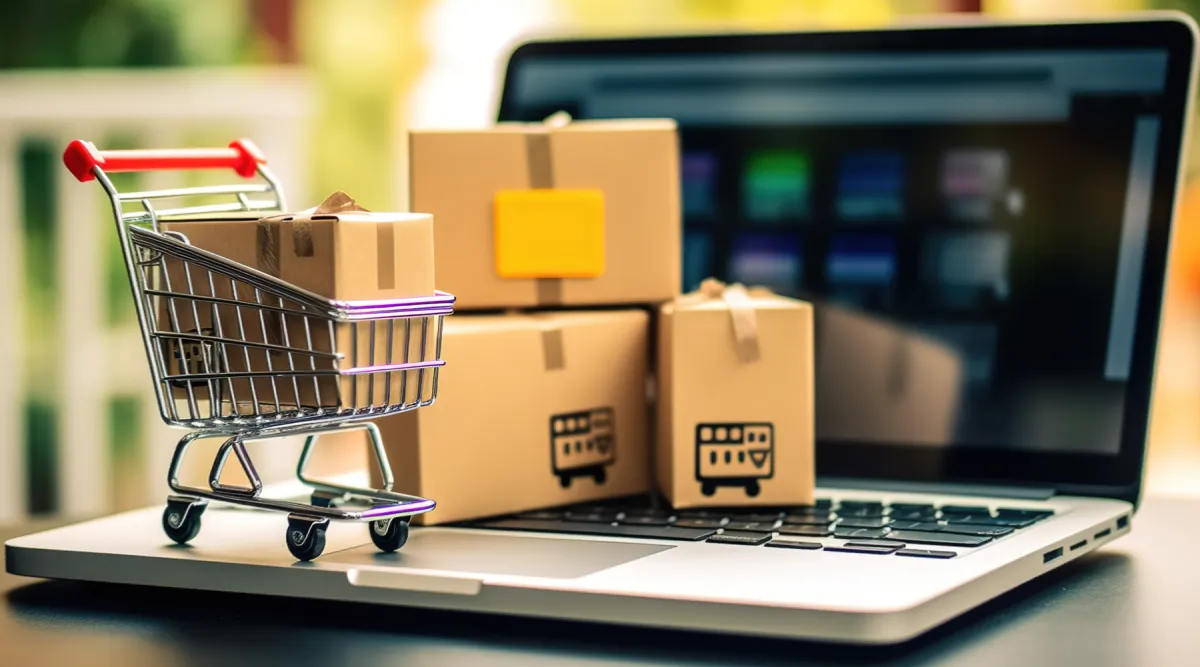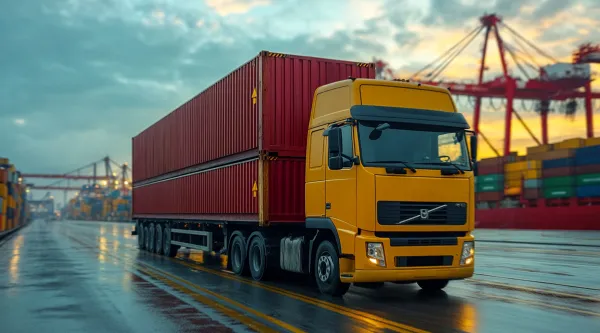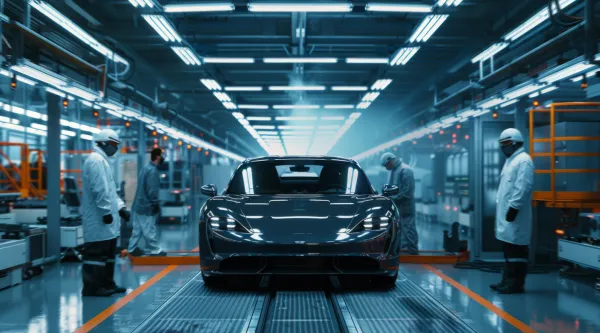Beyond Metro Cities the Real Future of Carts and Competition in India
India's e-commerce market is projected to surge to INR 62,280 billion by 2029, driven by growth in Tier-II and III cities, AI-driven personalization, and the rise of quick commerce.

Do you also think India’s e-commerce market has hit its peak, you might want to take another look. The numbers are eye-popping. By 2029, the market is set to jump to INR 62,280 billion up from INR 12,739 billion in 2023. The question isn’t whether it will grow, but rather who’s going to lead this massive wave and who will be left struggling to catch up?
The Real Game-Changer are Tier-II and III Cities
For a long time, the India e-commerce market spotlight was all on metro cities. But here’s the shift that’s quietly happening and it’s big, Tier-II and Tier-III cities are the ones pushing the growth now. In 2023, 60% of new online shoppers came from these areas. So, if your strategy still focuses on metro areas, you’re missing the boat on what’s coming next.
Why This Matters?
It’s simple India is going digital faster than ever before. With over 950 million internet users by 2024 and growing, more and more people from smaller towns are coming online as the average monthly data usage per user hit 20.27GB in March 2024 huge jump from just 0.27GB back in 2014-15. Also, the Digital India initiative is bringing connectivity to Tier II, Tier III cities, and rural areas. By April 2024, about 95.15% of villages had internet access via 3G/4G.
Here’s the kicker, 500 million people in India speak regional languages. Brands that can connect with these consumers in their local language are already ahead of the game. Platforms like Flipkart, Meesho, and Amazon have cracked the code by offering local language content. They’ve opened a huge new world of customers. If your brand is still only thinking English first, you might want to reconsider.
Omni-Channel is No Longer Optional
Do you think physical retail is dead? Think again. It’s evolving, and it’s far from disappearing. Smart brands are realizing that online and offline don’t have to be at odds they can actually work together. In FY 2023, in-store fulfilment of online orders saw a 44.6% increase, which just goes to show, blending both worlds is how you win.
What This Means for You
It’s simple. Online and offline should complement each other. Your physical stores? They’re no longer just for browsing, they’re now fulfilment hubs. This isn’t just about logistics; it’s about creating a better experience for your customers. If your store isn’t doubling as a place to pick up online orders, you’re missing out.
Also, let’s be real, AI-driven demand forecasting is not a luxury anymore. If you’re not using AI to predict demand and manage inventory, you're falling behind. Smart brands that leverage data to make smarter decisions are the ones that’ll stay ahead.
Who Will Own future of the Digital Consumer?
Looking ahead to 2029, here’s what I think will be the key to success:
- AI-driven personalization will no longer be optional. Consumers will expect a shopping experience tailored just for them. If you’re not doing this, you’ll lose them.
- Quick commerce is going to dominate. Speed will be everything, and consumers won’t wait around for their orders. Brands that can deliver in hours or even minutes will lead the way.
- Social commerce and live shopping are here to stay. They’ll become mainstream, and will totally reshape how brands connect with customers. Real-time engagement will be the new norm, and brands will need to be ready for it.
Ready for the E-Commerce Future?
India’s e-commerce revolution isn’t just continuing it’s accelerating. If you want to be on the winning side, you have to focus on Tier-II and Tier-III cities, and adapt to new trends like quick commerce and AI-driven personalization. The brands that do this will dominate the market in the next 5-6 years. The ones that don’t? Well, they’ll be stuck playing catch-up.
Looking for deeper insights into the future of India e-commerce market? Ken offers expert market intelligence to help investors, brands, and decision-makers stay ahead of the curve. Let’s connect and plan your next big move.


